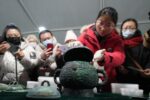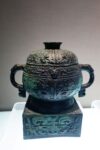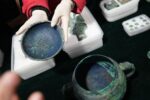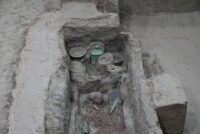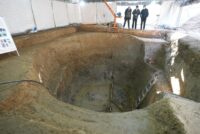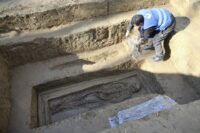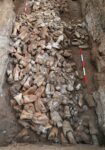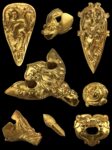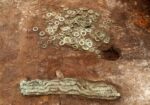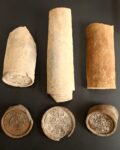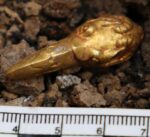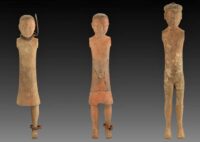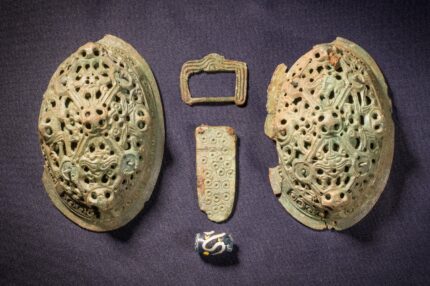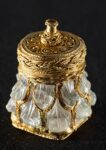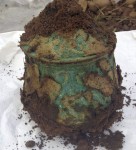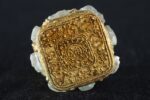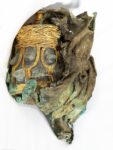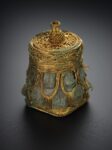Decades after museum aficionado and brazen thief Thomas Gavin cut a swath through the museums of Pennsylvania, helping himself to 18th and 19th century firearms a silver Navajo concho belt, 15 items have been officially repatriated to the targeted museums (or their institutional descendants). Law enforcement officials returned the objects to the American Swedish Historical Museum, Valley Forge Historical Society, Hershey Story Museum, Landis Valley Museum, Mercer Museum and York County History Center in a ceremony at the Museum of the American Revolution in Philadelphia.
It was one particularly rare object — a Revolutionary War flintlock rifle signed and dated by gunmaker John Christian Oerter — that blew the case wide open when it was sold to antiques dealer Kelly Kinzle in 2018. He first assumed it was a copy, but when he recognized that it was a genuine Oerter rifle, he and his lawyer reported it to the FBI’s Art Crime squad. Thomas Gavin was the seller.
The FBI’s investigation uncovered that Gavin was not just a dupe unwittingly reselling stolen goods. He had burglarized numerous museums in the Philadelphia area in the 1960s and 1970s, stealing revolvers, pistols and rifles as well as the one anomalous silver belt. He kept them for five decades before deciding to sell a chest of ill-gotten goods to Kinzle for $27,150.
Earlier this year, Gavin agreed to a plea bargain, and boy did he get a sweet deal. The 78-year-old pleaded guilty to one measly count of disposing of an object of cultural heritage stolen from a museum. The maximum penalty for that count is 10 years in prison. Last month, he was sentenced to a grand total of one day in prison. The judge was apparently swayed by the thief’s age and declining health to not even bother slapping him on the wrist for decades spent looting museum collections. We don’t even know exactly how many things he stole. Some of the museum’s don’t exist anymore and there’s no surviving documentation of the thefts.


